Oil price posts two-year highs - but how long can it last?
Brent rose above $59 a barrel this week, its best third-quarter showing since 2004
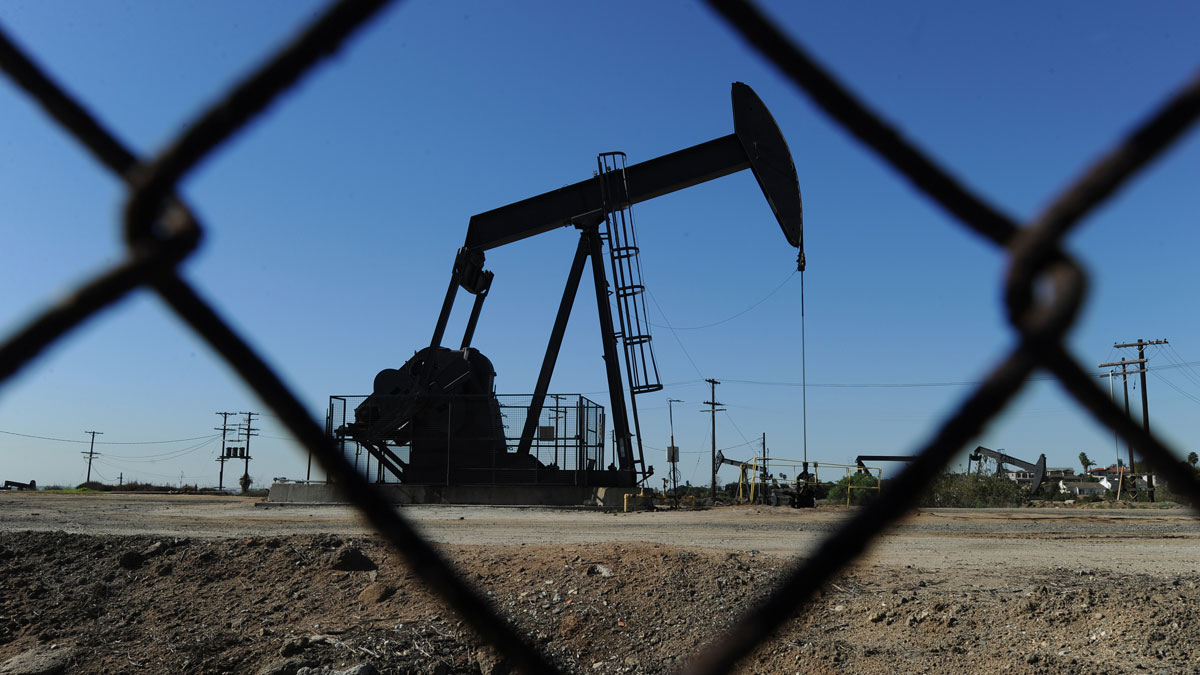
Low oil price crushes North Sea profits
07 April
A profound slump in oil prices since the summer of 2014 has crushed the profitability of the North Sea oil sector, new official data show.
Figures published by the Office for National Statistics (ONS) reveal the total rate of return on investment for producers fell from just two per cent in the third quarter of last year to a pitiful 0.6 per cent between October and December, the Daily Telegraph reports. For 2015 as a whole, the 3.5 per cent return was the lowest since ONS records began in 1997.
The Week
Escape your echo chamber. Get the facts behind the news, plus analysis from multiple perspectives.

Sign up for The Week's Free Newsletters
From our morning news briefing to a weekly Good News Newsletter, get the best of The Week delivered directly to your inbox.
From our morning news briefing to a weekly Good News Newsletter, get the best of The Week delivered directly to your inbox.
Total return "expresses how much a profit a company makes as a percentage of the capital used to produce it", says the paper. Even the dire fall in the latest numbers – profitability has fallen from 65 per cent – is probably masking a more severe margin squeeze as producers typically use debt to part-fund investments and have been enjoying net tax rebates.
Office for Budget Responsibility data published last month revealed that last year companies operating in the North Sea had received in aggregate £100m more in tax rebates than they paid in tax on profits. This deficit could rise to £1.2bn per year between 2016 and 2021, it added.
The international Brent crude oil price declined from around $50 a barrel to a low of around $36 over the period, but fell even more sharply earlier this year and hit a near 13-year low of $27 a barrel in February. It has since recovered and was around $40 a barrel this morning, in the wake of some positive inventory data in the US.
As many as 200 jobs a day are being lost in the wider North Sea region, with the latest cuts being reported of 90 jobs by Aberdeen-based oil services group EnerMech, according to the BBC.
A free daily email with the biggest news stories of the day – and the best features from TheWeek.com
As for the wider Scottish economy, official estimates published yesterday suggest it grew by just 0.2 per cent in the final three months of 2015, well below the 0.6 per cent revised figure for the UK as a whole. The figure was 1.9 per cent for full-year 2015, The Herald notes, below the 2.3 per cent registered by the wider UK.
This comes after recent figures revealed Scotland's budget deficit is well in excess of twice the proportional size of the UK as a whole.
Why oil price slump hasn't boosted global economy – yet
06 April
It wasn't supposed to go like this.
A steep and prolonged fall from grace for the international oil price, from around $115 a barrel in the summer of 2014 to as low as $27 earlier this year, was expected by the International Monetary Fund (IMF) to be a "shot in the arm" for the global economy, reports the Financial Times. Oil has been stuck around $40 a barrel in recent weeks and was a little shy of $39 this morning.
Last year, the IMF predicted a 0.5 per cent boost for every $20 drop. Instead, the fund this week warned that the already underwhelming global economic recovery is running out of momentum.
Here are three reasons that economists have been caught on the hop – and why they may yet be proved right in the long run.
Investment and job cuts
One of the key assumptions that underpinned growth assumptions in a low oil price world was that oil companies would keep on investing, argues the Financial Times's Chris Giles. But having amassed as much as $3trn (£2.13trn) of debt in recent years, which painfully low prices are threatening their ability to service, companies have pulled well in excess of $200bn (£141bn) of capital spending.
Consultancy Rystad Energy reckons this has taken 0.3 per cent from global growth, while there is also the longer-term effect of the sharp job losses that the cuts have necessitated. Thousands of jobs have been lost in the US shale sector, while in the North Sea offshore sector and its dependent industries, the lobby group Oil and Gas UK believes as many as 120,000 jobs may have been shed.
In a new study on the effects of low prices, Goldman Sachs says oil went too low and the slump has proved to be "too much of a good thing", notes Bloomberg.
Consumers didn't spend
The other key assumption, writes Giles, was that consumers would spend the windfall from the cheaper fuel prices resulting from weaker oil prices. That's been the case in the UK, where consumer spending has driven a strong but unbalanced rally in recent years on the back of cheaper fuel and the wider deflationary environment.
But this effect hasn't been so apparent elsewhere. US consumers have spent, but not as much as anticipated and they've actually been sensibly boosting savings. In India and some other heavy net importers of oil, the low price has given governments room to increase tax revenues and fill public spending holes, mitigating the benefits for consumers.
Goldman notes, though, that the effects of cheaper oil might be "less immediate and more prolonged than often assumed". This means current assumptions that oil will stay below its long-term highs for the foreseeable future will have a more understated – but potentially more profound – positive impact on consumer spending in the fullness of time.
Low rates environment
Giles concludes that one of the main factors holding back the consumer spending rush was the prevailing ultra-low rates environment, which is what sets this oil price slump apart from previous times, when rates cuts were contemporaneous and designed to offset an inflationary effect.
This time around, money was already cheap – and has been for a while. "No-flation" has become entrenched rather than just temporary and as a result, "consumers do not have to fear prices are soon about to rise", IMF chief economist Maurice Obstfeld said.
But Giles believes this could turn as rates are inched up in the coming years, especially if oil prices only partially recover.
"The oil price fall was good for growth," he says, "but it will take until at least 2017 to realise it".
For its part, Goldman estimates the best growth scenario by 2019 is for oil to recover slowly to around $70 a barrel.
Oil price 'can easily revisit' sub-$30 lows
05 April
The oil price "can easily revisit the lows seen earlier this year", French bank BNP Paribas said in a note to clients, as bearish demand data added to concern over a deal to freeze excess supply.
Reuters cites the commentary after a report in the US showed purchases of gasoline products fell in January for the first time in 14 months and that overall crude oil consumption was down one per cent compared to last year. This comes ahead of a second quarter period that typically sees a dip in demand as refinery maintenance peaks.
This all coincides with figures showing buying of crude derivative products slipping in key Asian markets, "as onshore storage facilities in Singapore and Malaysia are filled to the rims". Storage in the US is also been setting consecutive record levels for around the past seven weeks.
A reduction in demand is a very negative signal for the oil price as supplies are already between one or two million barrels a day ahead of consumption, causing a slump that has persisted since the summer of 2014. Production itself could also rise as Iran, which has the third largest untapped reserves, returns to international export markets.
Separately, a deal among larger producers, including Saudi Arabia and Russia, to freeze output at January levels is faltering, not least because Iran has so far refused to take part. In any case, consultancy FGE said in a note, "only a feeble mind sees a freeze in production as good news… It is the worst news as it guarantees over-production and rising inventories".
"Global oil balances will witness sizeable implied inventory builds in [the first half of 16]," BNP Paribas argued, "suggesting that the price of oil can easily revisit the lows seen earlier this year."
The international benchmark Brent crude hit a low of $27 a barrel in early February before rallying as much as 50 per cent.
Brent fell for the third consecutive session overnight and was this morning down 0.5 per cent to $37.50 a barrel.
This will be seen as good news for motorists back home, who, the Daily Mirror notes, have seen a sharp rise of around 4p a litre in petrol prices to 105p as a result of the price recovery over the past month.
"It means in the space of four weeks the cost of filling an average family hatchback has leapt by £2.95 from £54.94 to £57.89," the paper adds.
Oil price falls again as supply meeting begins to look 'pointless'
4 April
This month's meeting between the leading oil powers to agree a deal freezing production at January levels is "looking more and more pointless", according to analysts.
The oil price rally over the past month or so has been primarily driven by hopes for a deal that many hoped was a sign of the supply and demand imbalance in the market finally being meaningfully addressed. Now, the price is falling again.
From slightly above $40 a barrel on Friday, a level at which it has been rooted for the last couple of weeks, international benchmark Brent crude fell by more than four per cent to less than $38.50. Its US counterpart, West Texas Intermediate, shed all of its aggregate gains for the year so far.
Prices are largely unchanged this morning, with Brent at $38.50 and WTI at $36.33 a barrel at around 9.15am in London.
The cause of the latest dip was a Bloomberg interview with traditional swing producer Saudi Arabia's Deputy Crown Prince Mohammed bin Salman, in which he strongly suggested that his country's participation in the supply deal depends on Iran joining.
"If all countries agree to freeze production, we’re ready," he said.
Asked later whether Iran needed to take part, bin Salman said “without a doubt".
For its part, Iran has reiterated its stance that it will not agree to freeze its production at current levels, Reuters reports, as the country ramps up oil pumping since emerging from international sanctions in January.
Production has already surged to a four year high of 3.2 million barrels a day, but Iran is targeting four million barrels before it will even consider a freeze. A deal would therefore need to include a clause that Iran's participation would begin at this level.
The meeting in Doha, on 17 April, is “looking more and more pointless,” said Abhishek Deshpande, an oil analyst at Natixis SA, in London.
“What is becoming very clear is that Saudi Arabia is serious about moving away from the traditional play of adjusting prices by cutting or freezing supplies by itself," he added.
Oil price may be stuck for the rest of the year
01 April
Having rallied strongly from a 13-year low in early February, moving into a net positive for 2016 as a whole and recording the best monthly advance for a year, the oil price recovery has stalled in recent weeks.
According to a panel of investment bankers, the current narrow price range of around $40 a barrel for international oil may now persist for the rest of the year.
Reuters reports that prices nudged higher on Thursday following a poor start earlier in the session after new data showed a drawdown in stocks at the key Cushing, Oklahoma storage site that is the main hub for US crude oil futures contracts. In a separate report Reuters notes that the overall US supply also dipped slightly to a little less than 9.18 million barrels a day, the lowest since October 2014.
International benchmark Brent crude had fallen below $39 a barrel earlier in the day as a result of fresh concerns over a deal among global oil powers to freeze output at January levels, but it eventually settled above $40. This morning it was down a little but still above the $40-a-barrel threshold.
This means that for the month of March as a whole Brent rose 10 per cent – and it was three per cent up over the first quarter as a whole. In that time it slumped to a low of $27 a barrel early on in February, before bouncing back more than 50 per cent after Saudi Arabia and Russia agreed a tentative deal to stop increasing supplies.
But a panel of 13 investment bankers polled by the Wall Street Journal reckons the price, which has frequently run out of steam at between $41 and $42 a barrel, may not advance further in the coming months. Even their increased forecast estimates a 2016 average for Brent of only $40 a barrel, with a second quarter price lower than the current price at around $37.
Among the reasons for this is the feeling that a supply deal may not hold as this week Saudi Arabia announced it was re-opening a 300,000-barrel-a-day oil field it runs jointly with Kuwait. In any case the market is too overstocked for a freeze at high January output to rebalance supply any time soon, some argue.
Elsewhere there are worries that US pumping remains remarkably resilient – and that nimble shale producers will return to the market if prices go above $45 a barrel, making the rally "self-defeating".
Overall "there is very little bullishness", said Michael McCarthy, chief market strategist at Sydney's CMC Markets.
-
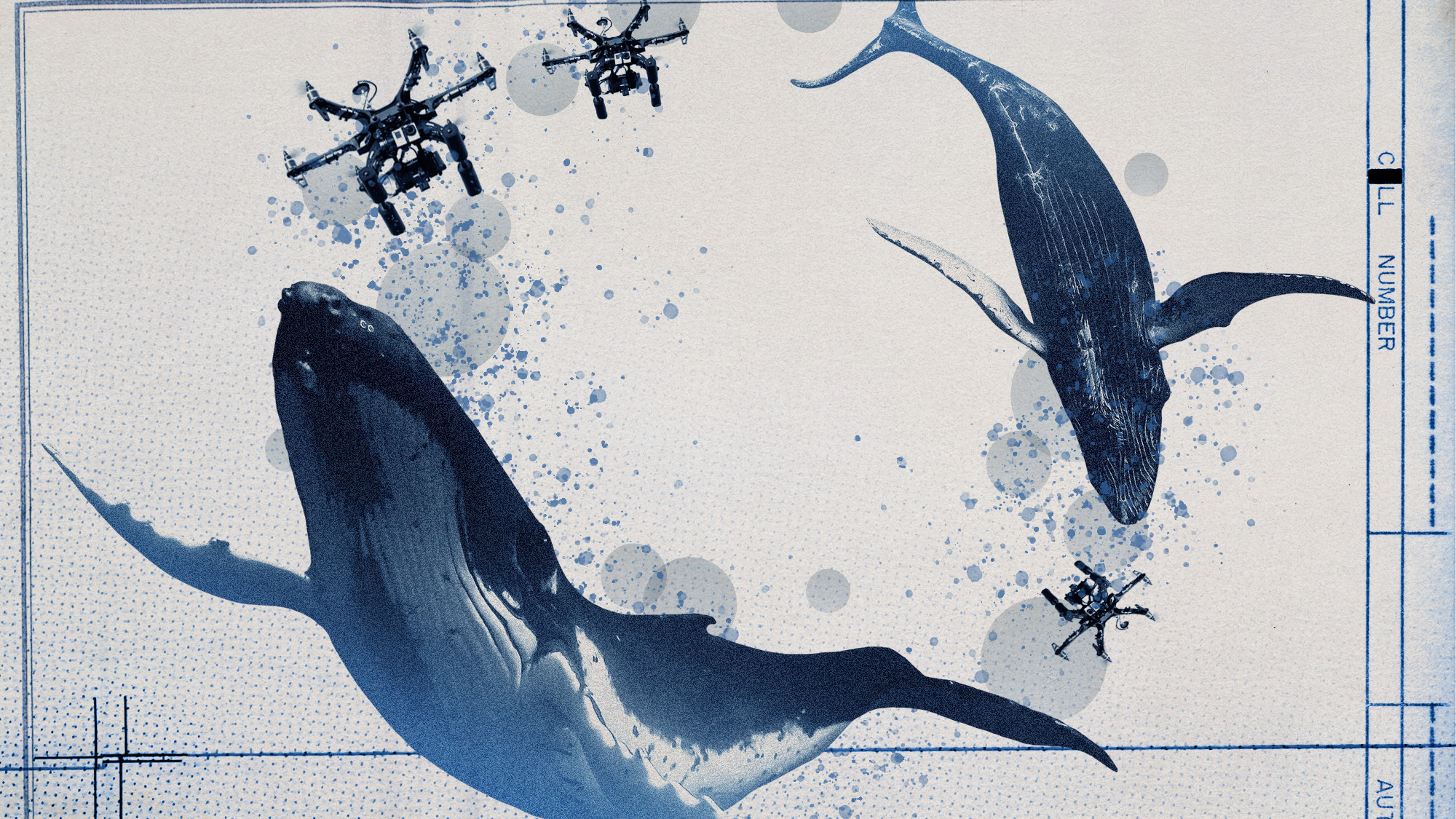 How drones have detected a deadly threat to Arctic whales
How drones have detected a deadly threat to Arctic whalesUnder the radar Monitoring the sea in the air
-
 A running list of the US government figures Donald Trump has pardoned
A running list of the US government figures Donald Trump has pardonedin depth Clearing the slate for his favorite elected officials
-
 Ski town strikers fight rising cost of living
Ski town strikers fight rising cost of livingThe Explainer Telluride is the latest ski resort experiencing an instructor strike
-
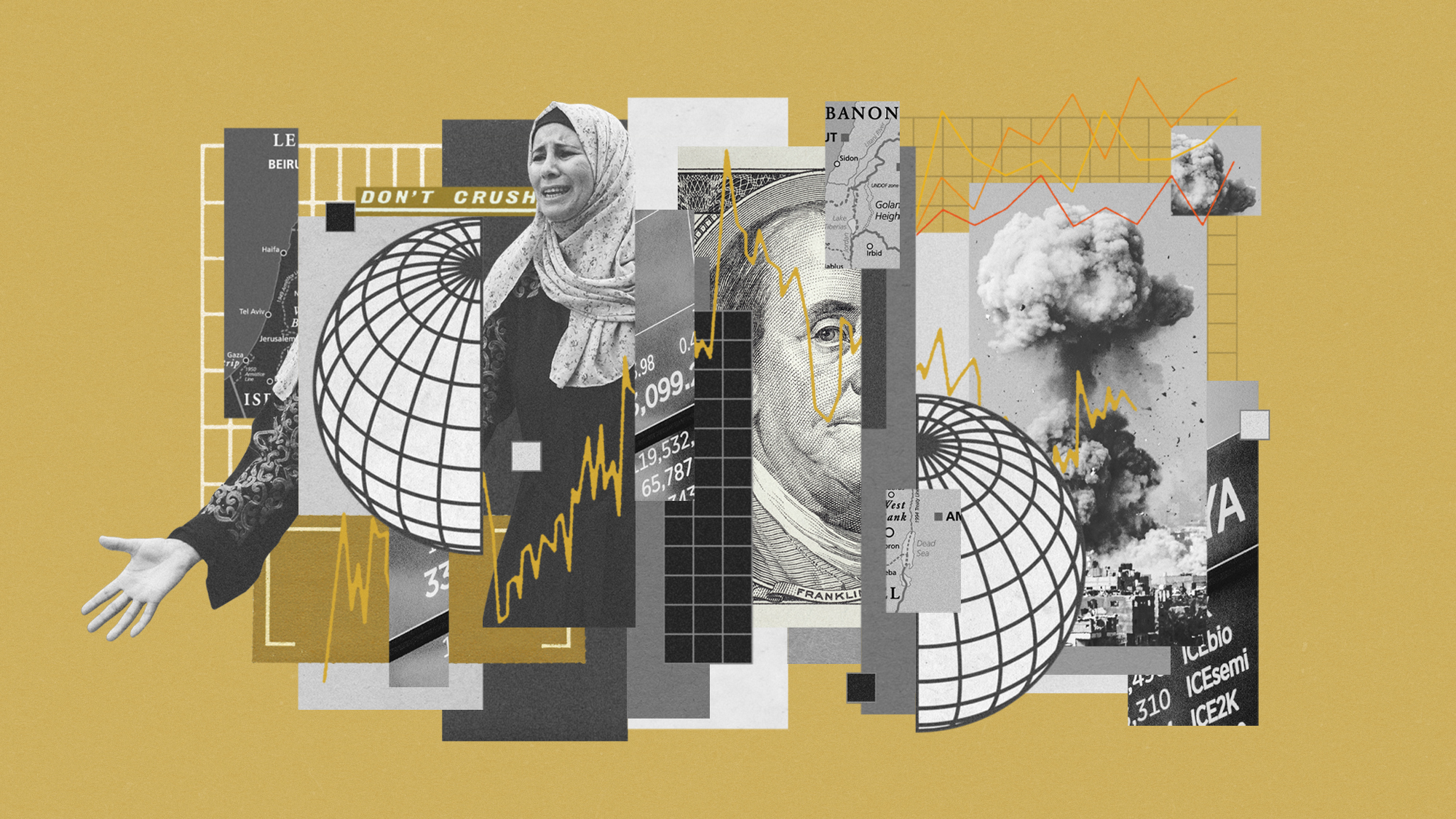 How might the Israel-Hamas war affect the global economy?
How might the Israel-Hamas war affect the global economy?Today's Big Question Regional escalation could send oil prices and inflation sky-high, sparking a worldwide recession
-
 Recent mega-mergers could signal a turning point for the US oil industry
Recent mega-mergers could signal a turning point for the US oil industryTalking Point Both Chevron and Exxon have recently spent billions to acquire smaller oil companies
-
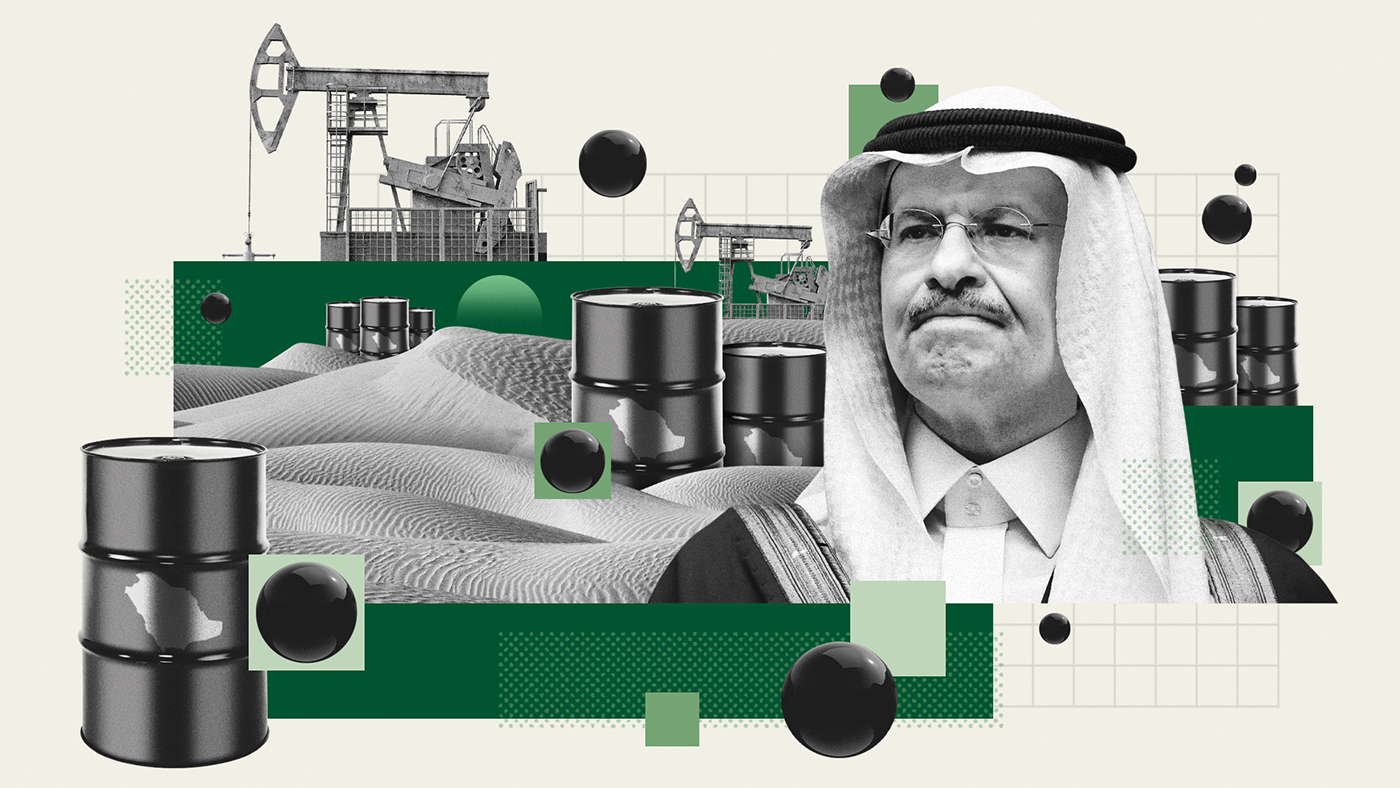 Has Saudi Arabia lost control of oil prices?
Has Saudi Arabia lost control of oil prices?Today's Big Question Kingdom goes it alone to cut production, risking tension with US and reigniting cooling inflation in Europe
-
 US angered by Opec+ oil cut
US angered by Opec+ oil cutSpeed Read Energy prices to rise further as producers slash supply by two million barrels a day
-
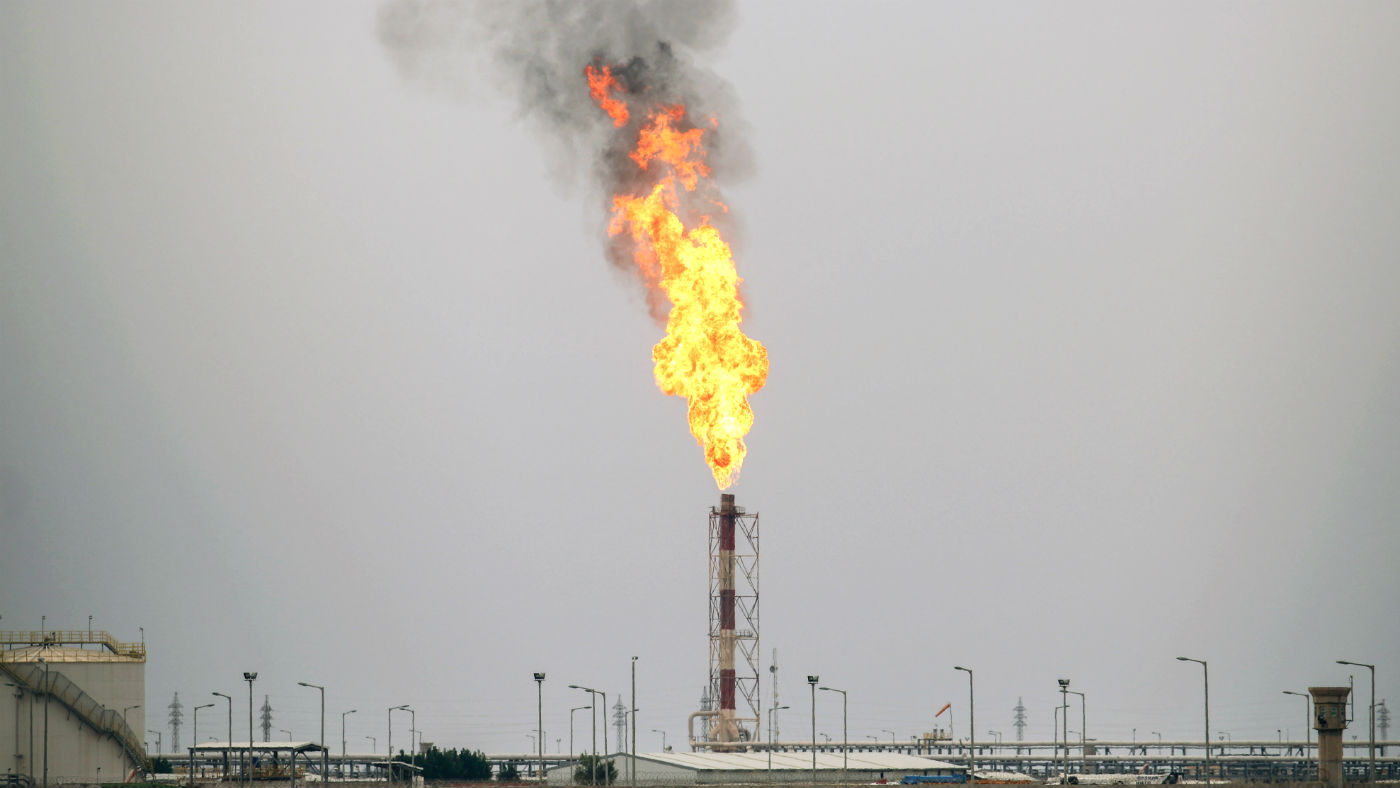 Global oil demand forecast lowered for 2020 and 2021
Global oil demand forecast lowered for 2020 and 2021Speed Read IEA report says jet fuel demand remains the major source of weakness
-
 Are US-Iran tensions flaring again?
Are US-Iran tensions flaring again?In Depth Trump threatens military action over Twitter
-
 Can a deal be struck to raise oil prices?
Can a deal be struck to raise oil prices?In Depth Opec+ will convene today over video link in a bid to boost crude
-
 What do negative oil prices mean?
What do negative oil prices mean?In Depth Perfect storm of oversupply and storage shortages sees producers paying to get rid of US crude